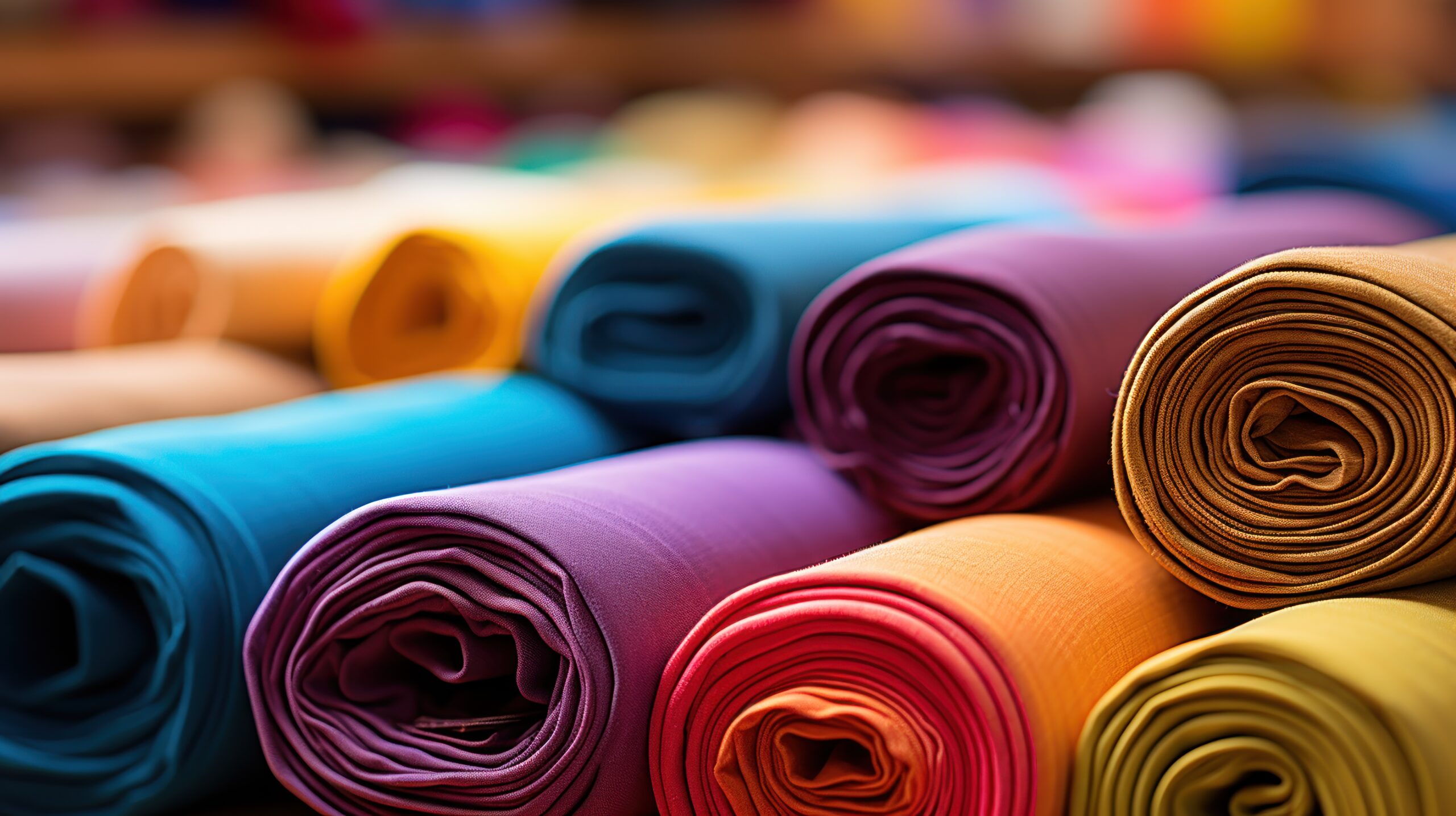Polyester fabric, once dismissed as a relic of the disco era, has undergone a remarkable transformation in recent years. From its humble beginnings as a cheaper alternative to silk, polyester has emerged as a versatile and widely-used material in the textile industry. In this comprehensive guide, we’ll explore the ins and outs of polyester fabric, from its history and properties to its various applications and sustainability efforts.

Table of Contents
Toggle1. The History of Polyester Fabric
Polyester fabric traces its roots back to the early 20th century when British chemists John Rex Whinfield and James Tennant Dickson first patented it in 1941. Initially developed as a more affordable substitute for silk, polyester gained popularity during the mid-20th century for its durability and wrinkle resistance. However, its reputation suffered in the 1970s due to its association with flashy disco fashion. Despite this setback, polyester fabric continued to evolve, eventually earning its place as a staple material in the textile industry.
2. Properties of Polyester Fabric
Polyester fabric boasts several key properties that contribute to its popularity:
-
Durability
: Polyester fibers are exceptionally strong and resistant to abrasion, making them ideal for use in a wide range of applications.
-
Wrinkle Resistance
: Polyester fabric retains its shape and smoothness even after multiple washes, making it a low-maintenance option for clothing and home furnishings.
-
Moisture-Wicking
: Polyester fabric has excellent moisture-wicking capabilities, making it ideal for activewear and sports clothing.
-
Versatility
: Polyester fabric can be engineered to mimic the look and feel of natural fibers like silk and cotton, offering a wide range of aesthetic possibilities.
3. Types of Polyester Fabric
Polyester fabric comes in various types, each with its own unique characteristics and uses:
-
Polyester Satin
: Known for its lustrous surface and luxurious feel, polyester satin is often used in eveningwear and bedding.
-
Polyester Chiffon
: Lightweight and sheer, polyester chiffon adds a touch of elegance to blouses and bridal attire.
-
Polyester Twill
: Characterized by its diagonal weave, polyester twill lends durability to uniforms and upholstery.
-
Polyester Velvet
: With its plush texture, polyester velvet is commonly used in curtains and formal garments.
4. Applications of Polyester Fabric
Polyester fabric finds its way into a wide range of applications, including:
-
Apparel
: From everyday clothing items like shirts and pants to high-performance activewear, polyester fabric is a popular choice for its durability and versatility.
-
Home Furnishings
: Polyester fabric is commonly used in curtains, upholstery, and bedding, where its resistance to wrinkles and fading ensures long-lasting beauty and functionality.
-
Industrial Use
: In industrial settings, polyester fabric is valued for its strength and durability, used in applications such as filters, ropes, and conveyor belts.
5. Sustainability Efforts
As concerns about environmental sustainability continue to grow, the textile industry is taking steps to minimize its environmental impact. While polyester fabric is derived from petrochemicals and has traditionally been criticized for its environmental footprint, efforts are underway to develop more sustainable alternatives. Recycled polyester, made from post-consumer plastic bottles and other recycled materials, reduces the need for virgin polyester production and minimizes waste. Additionally, research into biodegradable polyester offers hope for a future where synthetic textiles can biodegrade harmlessly, reducing pollution and landfill waste.
Conclusion
Polyester fabric may have had a rocky start, but its durability, affordability, and versatility have secured its place in modern fashion and home furnishings. As sustainability becomes an increasingly pressing concern, innovations in recycled and biodegradable polyester offer hope for a more eco-friendly future. With ongoing efforts to improve its environmental footprint, polyester fabric continues to evolve, proving that style and sustainability can go hand in hand in the world of textiles.
FAQs
1. Is polyester fabric breathable?
Polyester fabric is not known for its breathability and may feel less comfortable in hot and humid conditions compared to natural fibers like cotton.
2. Can polyester fabric be recycled?
Yes, polyester fabric can be recycled into new materials such as clothing, upholstery, and industrial products through specialized recycling programs.
3. Is polyester fabric suitable for sensitive skin?
Some people with sensitive skin may find polyester fabric irritating, as it does not have the same softness and breathability as natural fibers like cotton or silk.
4. How should I care for polyester fabric garments? Polyester fabric garments should be washed in cold water and dried on a low heat setting to prevent shrinkage and damage. Avoid using bleach or fabric softeners.
5. Are there any alternatives to traditional polyester fabric?
Yes, there are eco-friendly alternatives to traditional polyester fabric, such as recycled polyester and biodegradable polyester, which offer similar performance properties with less environmental impact.